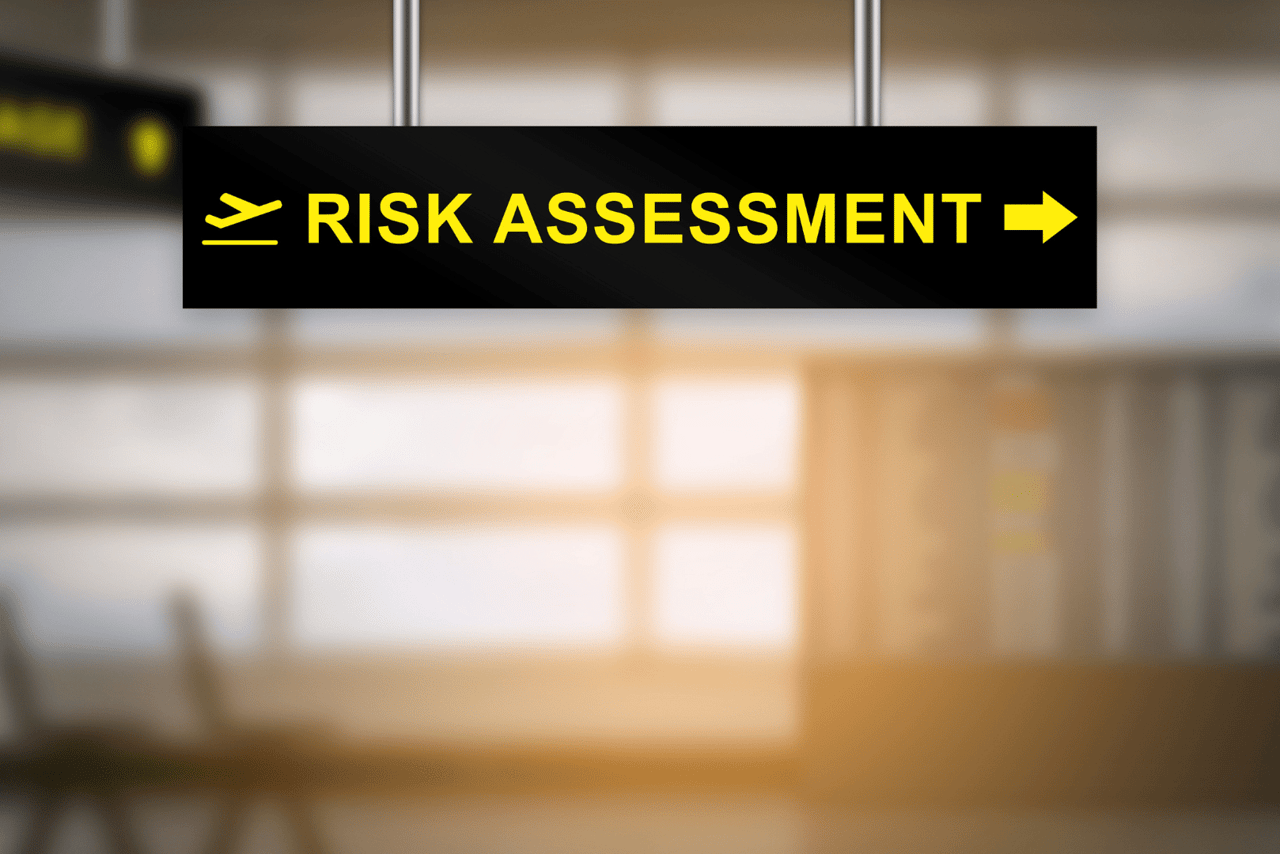The Capitalization Rate, commonly called the Cap Rate, is a key metric used in real estate to indicate the potential return on an investment property. The Cap Rate is expressed as a percentage and is calculated by taking the Net Operating Income (NOI) and dividing it by the property's market value or purchase price.
Here's the formula:
Cap Rate = (Net Operating Income / Property Value) x 100%
To illustrate, let's say a property generates a Net Operating Income of $10,000 per year, and its market value or purchase price is $200,000. The Cap Rate would be:
Cap Rate = ($10,000 / $200,000) x 100% = 5%
This indicates that the property is expected to generate a 5% annual return on the investment before accounting for any financing costs.
The Cap Rate can help compare potential investment opportunities. A higher Cap Rate typically indicates a higher potential return but also a higher risk since it often means the property or area is less desirable or that more potential issues could arise.
On the other hand, a lower Cap Rate typically suggests a lower return but potentially lower risk. Properties in highly desirable areas often have low Cap Rates because the demand for these properties is high, driving up the price and reducing the return as a percentage of that price.
While the Cap Rate can be a useful tool for comparing potential investments, it's important to remember that it doesn't account for financing costs or factor in potential property appreciation. Therefore, it's just one of many factors you'll want to consider when evaluating a residential investment property.
Next Up ... Learn How to Calculate Cash-on-Cash Return for Your Real Estate Investing.
